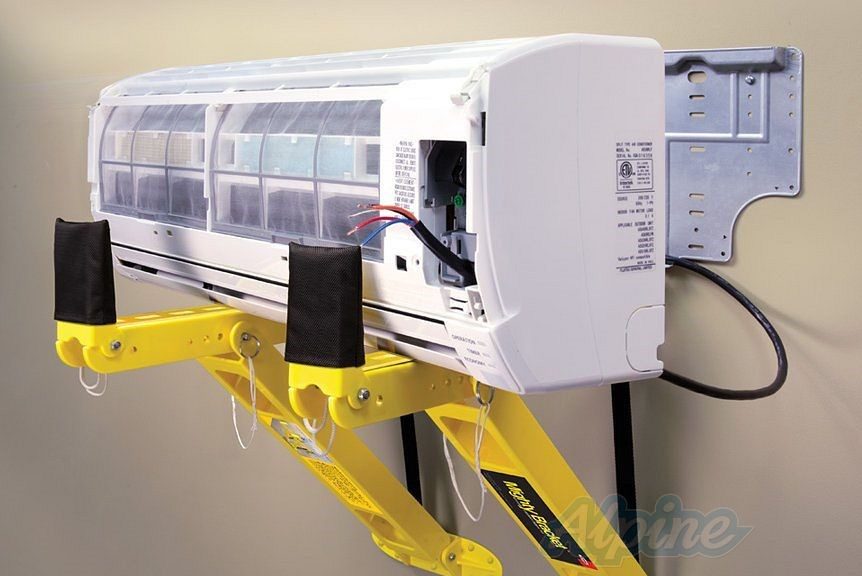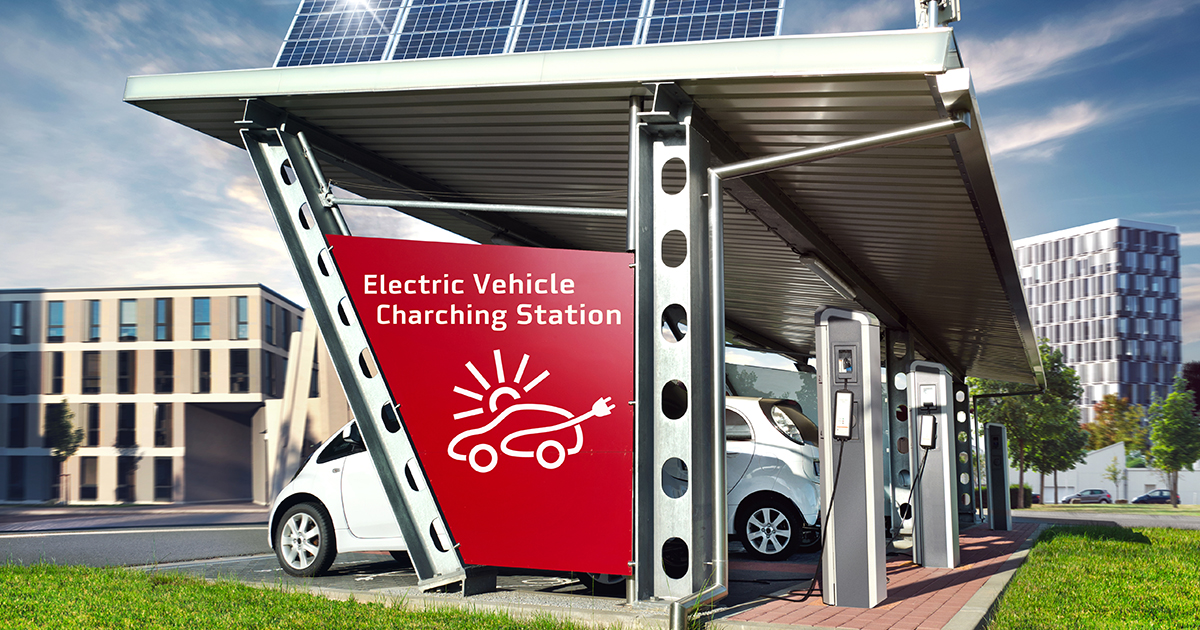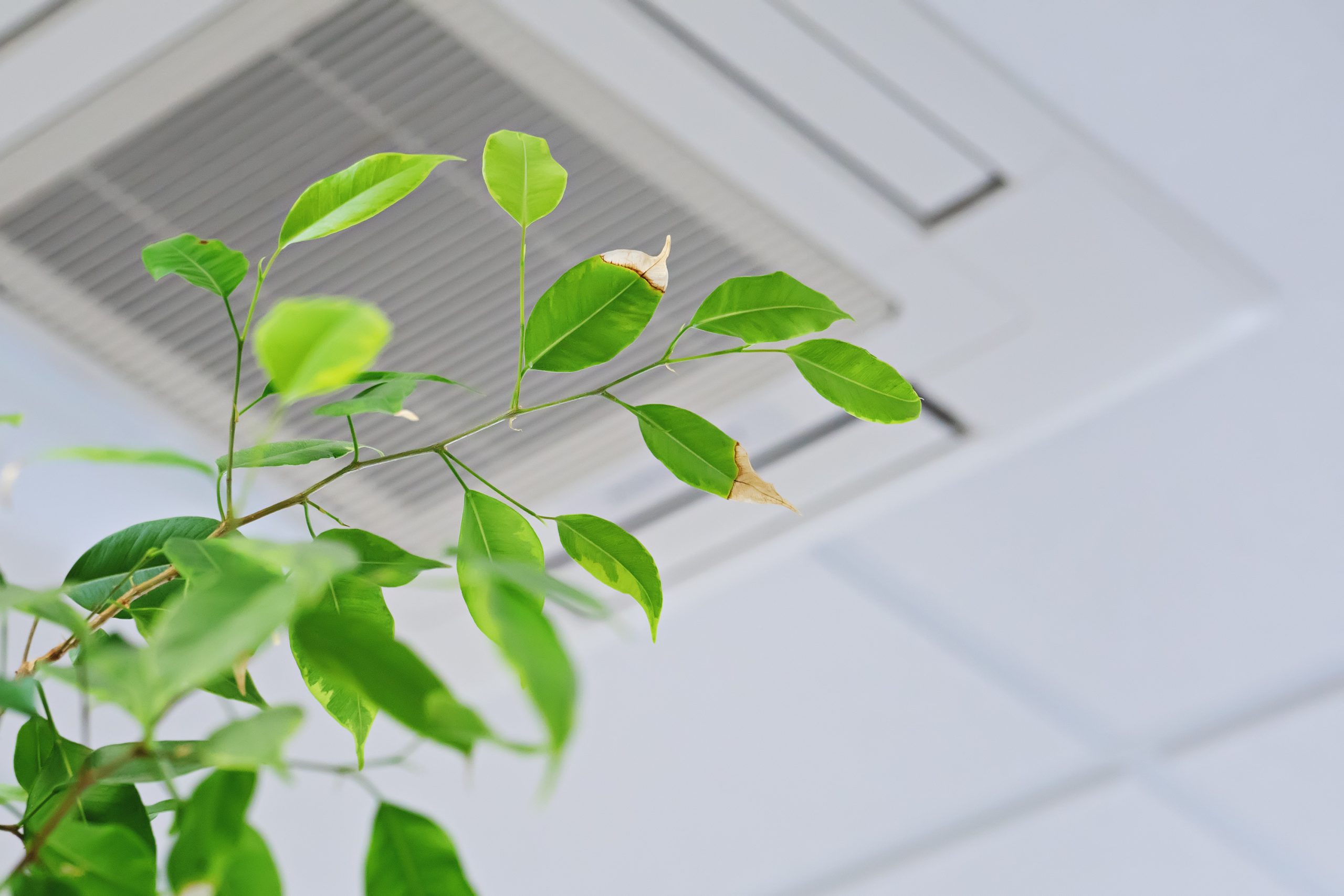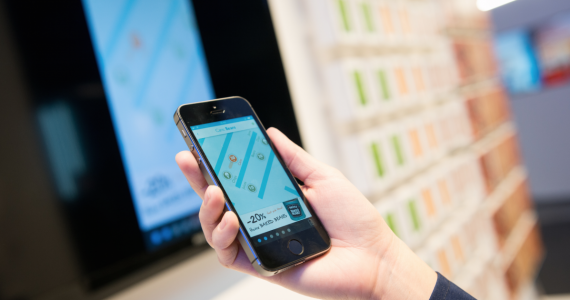
Lighting based geolocation: a new technology for buildings
Most geolocation systems in buildings are based on WiFi or BLE technology, using triangulation.
Philips, however, is offering a new solution: lighting‑based indoor positioning. Rolled out across roughly 1 million sq. m., the technology has been used on flagship projects in France, such as a Carrefour supermarket in Lille and the BP 5 Tower at La Défense, near Paris.
Philips launched the YellowDot program to make this new technology available for other specialist lighting companies. It is a luminaire certification programme that allows manufacturers — even Philips’ rivals — to test and certify that their LED luminaires are compatible with the indoor positioning technology.
How does YellowDot technology work?
Every luminaire equipped with a “YellowDot Ready LED” driver will transmit a unique Visible Light Communication (VLC) code — its signature — which can be detected by the front‑facing camera of a smartphone.
The position of the luminaire is added to a data base in the cloud. The smartphone’s front‑facing camera recognises the luminaire’s signature and, through software embedded in IOS or Android mobile devices, identifies the smartphone’s exact location in real time.
This software is available in the form of a Software Development Kit (SDK) to be integrated into user applications.
In reality, the SDK combines the VLC lighting capacity for positioning with Bluetooth beacons and smartphone accelerometers and gyroscopes (PDR) in order to always ensure optimal accuracy, regardless of the conditions of use.
What are the strengths of this technology?
♦ An extremely high degree of precision: 10‑30 cm
♦ Extremely fast responsiveness of information. Thanks to the SDK, a smartphone can send its location 15 times per second and with no waiting time, as the information is calculated in the phone itself
♦ An ergonomic commissioning and reception system to locate the luminaires in the cloud
♦ No added material units — information can be directly interpreted by smartphones
♦ The system has the same lifespan as the luminaires (50,000 to 100,000 hours)
♦ This technology — beyond Philips luminaires — has been made available to everyone. Equipment manufacturers offering solutions that integrate the Philips indoor positioning solution include:
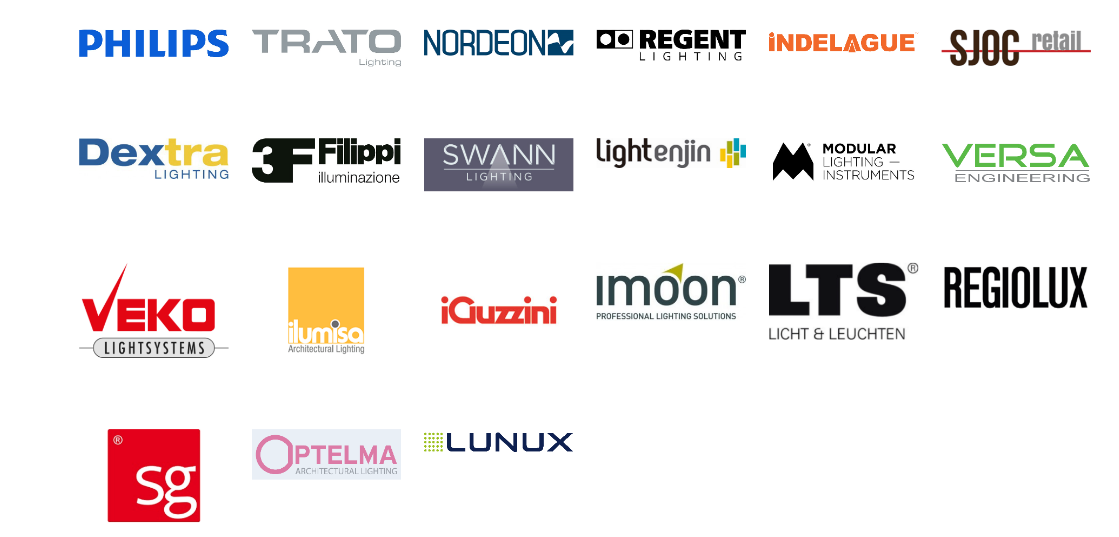
What are the requirements and challenges of this technology?
This solution requires several things in order to work correctly:
♦ Referenced smartphones with front‑facing cameras. Although this is the case for most smartphones on the European market, there are still, however, some devices whose cameras will not analyse luminaires’ brightness and VLC codes.
♦ Promising business cases for buildings. Geolocation only works if the luminaires are 20% lit. Rooms with high ceilings, car parks and other dark areas of a building are to be avoided — otherwise, both VLC and BLE positioning technology must be used (the SDK enables a combination of both technologies).
♦ A consistent business case. Although other technologies have a higher installation price, YellowDot’s OPEX for the Philips SDK analysis of VLC codes comes in at around €1 million per sq. m. per year. Its free installation is partially compensated by the fact that the choice of luminaires is still limited, even though several equipment manufacturers exist (high‑end, mid‑range and low‑cost).
Standard Philips luminaire ranges that can be equipped with this technology:
♦ Recessed/suspended lighting: PowerBalance, SlimBlend, FLexBlend, GreenSpace, LuxSpace
♦ Trunking lighting for retail and/or logisitcs: Coreline, Maxos
♦ Accent lighting for retail: GreenSpace, LuxSpace, StylID
♦ High bay lighting for logistics and industry: GentleSpace

For further information, you can read: Geolocation, the latest smart building development
Did you like the article ?
